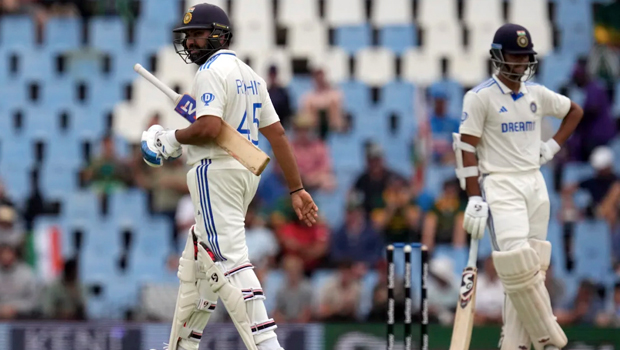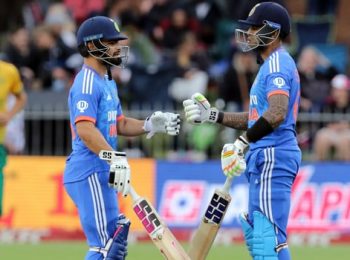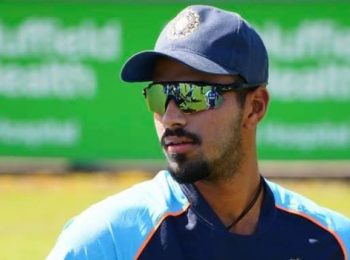A New Year’s Test match in South Africa. If you know the history of touring Indian cricket teams, you would be aware of what this particular fixture means. Dating back to India’s first trip to South Africa in 1992, the New Year’s Test has on three occasions provided the visitors a chance to seal a rare series win.
In January of 2007, the final Test began with the series locked at 1-1. India had famously won the first match only to combust in Durban, and Cape Town saw Graeme Smith’s team win by five wickets. In 2011, the final Test began with the teams locked at 1-1 and a draw in Cape Town helped India avert another series loss. In 2021, India went into the New Year’s Test with a 1-0 advantage and went on to lose in Johannesburg and Cape Town to lose what many viewed as the team’s best chance to win a series on South African soil.
In 2024, India have just this last Test match to play in South Africa. Losing the first Test by in innings inside three days has left Rohit Sharma’s team bruised team seeking ways to avert defeat to a superior team.
India were pretty poor at Centurion. The batting totaled 245 and 131 and the bowlers conceded 408. Dean Elgar crafted a terrific 185 to drive South Africa into the lead and Marco Jansen’s 84 not out shut out the Indian team. Another three-day defeat away from Asia highlighted by limp batting and listless bowling. Where do you go from there?
You can start by batting and bowling better. Rohit’s latest dismissal to an all too familiar trap has to be averted. Yashaswi Jaiswal can be excused given that he is just three Tests old, but both his dismissals at SuperSport Park indicated as to how he intends to bat when opening the innings. Shubman Gill’s average will continue to dip if he cannot figure out what Test cricket batting is all about, particularly at one-down. Virat Kohli has the second-best Test numbers in South Africa after Sachin Tendulkar and looked good for his knocks of 38 and 76 at Centurion, but he must find a way to score hundreds for his team.
Shreyas Iyer is a terrific player of spin but remains suspect against pace bowling when the fast men are intent on bouncing you out. In both innings at Centurion he was a deer caught in the headlights, and must work harder to overcome this glaring shortcoming.
Barring Jasprit Bumrah, India’s pacers struggled in the first Test with the debutant Prasidh Krishna and Shardul Thakur, in his 11th match, the real downers. The pair could not hit the necessary lengths and lines and sprayed the ball around the place, which allowed South Africa’s batsmen to cash in and add quick runs. If Prasidh was picked for his height and ability to extract bounce from South Africa’s harder and bouncier tracks, he failed miserably.
The new ball – so important in South Africa – was squandered even though statistically India’s four pacers beat the bat more than South Africa’s quartet did, and a lack of seam and swing left the visitors wondering what they needed to do to take wickets. It was as if India had no secondary plan in place, and Rohit’s somewhat lackluster captaincy did not help.
Avesh Khan, the uncapped pace bowler from Madhya Pradesh, has been added to the squad after impressing for India A against South Africa A and might replace one of Krishna or Shardul. If not, then Shardul’s latest overseas failure might see India play both R Ashwin and Ravidra Jadeja, should the latter be passed fit to play.
But looking at the way India played in the first Test, you wonder what impact any personnel changes could have on a team struggling to win matches away from home.



























